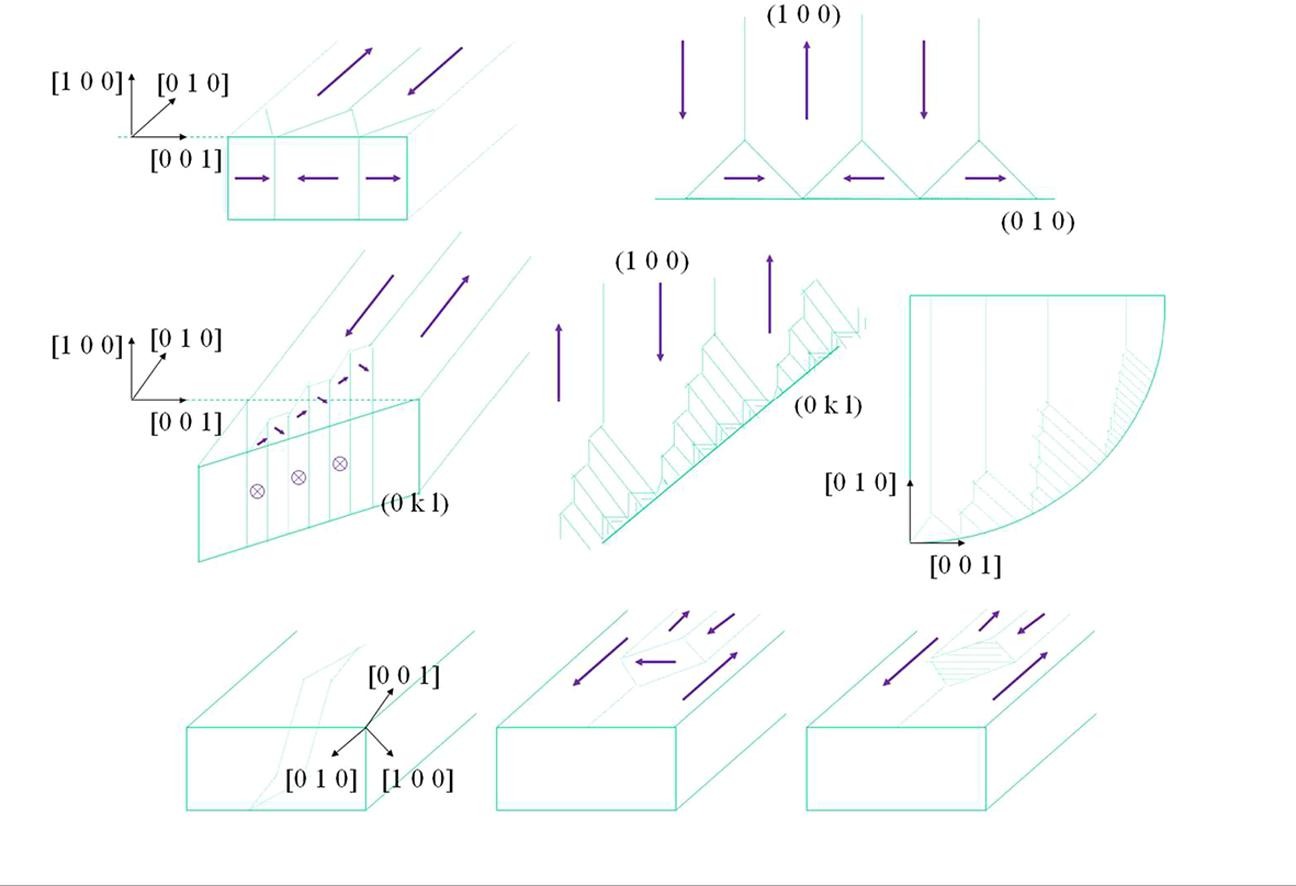
Scientific Publications in the Journal of Magnetism and Magnetic Materials
Three research articles related to ESSIAL have been published in the Journal of Magnetism and Magnetic Materials in May and June 2020. These scientifc publications have been produced by members of the consortium in the following partner institutions: CRM, ESIEE, IRT-M2P, Multitel and UPJV.
Discover the scientific publications:
- The tensor magnetic phase theory for mesoscopic volume structures of soft magnetic materials – Quasi-static and dynamic vector polarization, apparent permeability and losses – Experimental identifications of GO steel at low induction levels. Authors: O. Maloberti, M. Nesser, E. Salloum, S. Panier, J. Fortin, P. Dassonvalle, C. Pineau, T. Nguyen, J.-P. Birat, I. Tolleneere. https://doi.org/10.1016/j.jmmm.2020.166403
Graphical Abstract: In this contribution, we propose to cope with the problem of soft magnetic materials heterogeneity and non-uniformity in terms of domains structure. This non-uniformity expresses itself with space variations of domains and walls geometry and characteristic properties from the bulk towards the surface. We investigate the possibility of describing and predicting these changes from a mesoscopic point of view. This paper contributes to the investigations carried out on the geometry dependent magnetic behavior of soft magnetic materials.
- Identification and analysis of static and dynamic magnetization behavior sensitive to surface laser treatments within the electromagnetic field diffusion inside GO SiFe electrical steels. Authors: E. Salloum, O. Maloberti, M. Nesser, S. Panier, J. Dupuy. https://doi.org/10.1016/j.jmmm.2020.166613.
Abstract: Surface laser treatment of soft magnetic materials, such as GO SiFe electrical steels, is mainly used to reduce iron losses by modifying the static and the dynamic magnetic properties. Laser treatment effect on mesoscopic electromagnetic properties of soft magnetic materials is presented. An experimental procedure using the Single Sheet Tester is performed on a magnetized sheet with specific exciting induction level and frequency. Transient average magnetic flux density through the sample cross-section and its corresponding applied magnetic field are measured. Data are identified in the time-domain with numerical results obtained by solving the diffusion equation using a 1-D discretization approach. The identification strategy requires a material law that includes both non-linear static and dynamic properties and describes the magnetic behavior due to domains and walls dynamics. Next, parametric and physical studies are performed on materials submitted to different laser treatments in order to determine and interpret their effects on the identified magnetic properties and the time response in the sheet’s depth. The results show that the static and the dynamic properties can be simultaneously improved. This analysis help to understand the impact of laser treatments on the static and the dynamic behaviour in order to improve the material magnetic performances within magnetic circuits inside electrical machines and transformers.
- Correlation between laser energetic parameters and magnetic properties of GO laminations under surface treatments with long, short or ultra-short pulsed lasers. Authors: M. Nesser, O. Maloberti, J. Dupuy, E. Salloum, S. Panier, J. Fortin, P. Dassonvalle. https://doi.org/10.1016/j.jmmm.2020.166696.
Abstract: Electromagnetic components mostly incorporate soft magnetic materials used as flux multipliers. Hence, any reduction in iron loss of the magnetic core yields in saving energy. Among the techniques, the local laser treatment is a non-contact method applied for 180° domain refinement (Patri et al.). The present study reassessed the impact of laser treatment on the magnetic properties of grain oriented silicon steels. Various laser pulse widths are used: an ultra-short pulse laser mainly adapted to the ablation process and a long and short pulse durations used for both irradiation and scribing processes. The power loss is measured with a Single Sheet Tester (150 × 150 mm2). Each type of treatment resulted in a power loss reduction of 15–35% at peak induction 1.5 T and frequency 50 Hz. However, only the scribing and the ablation improved also the apparent permeability. In this work, the laser energy parameters are used to estimate the laser impact on the heat affected zone, the groove depth, the induced thermal stress, and on the internal properties of a magnetic behavioral model: static permeability and dynamic magnetization property.

